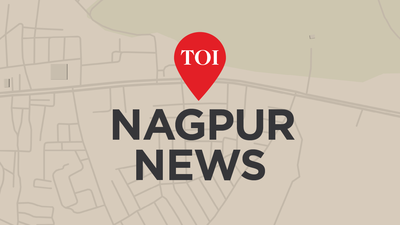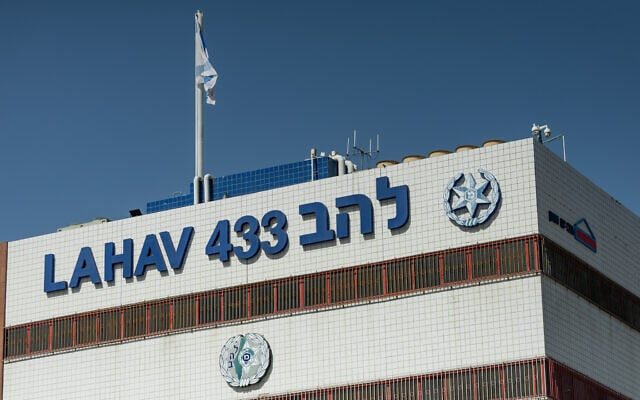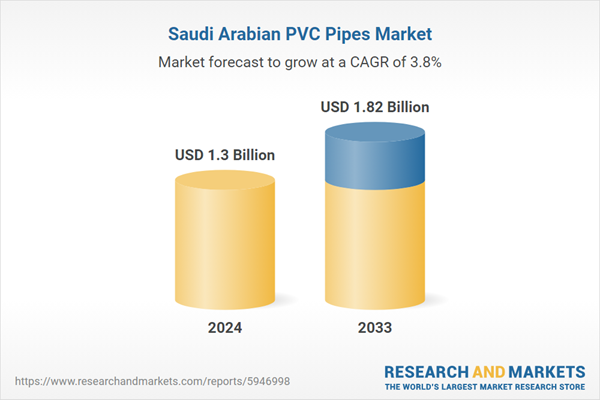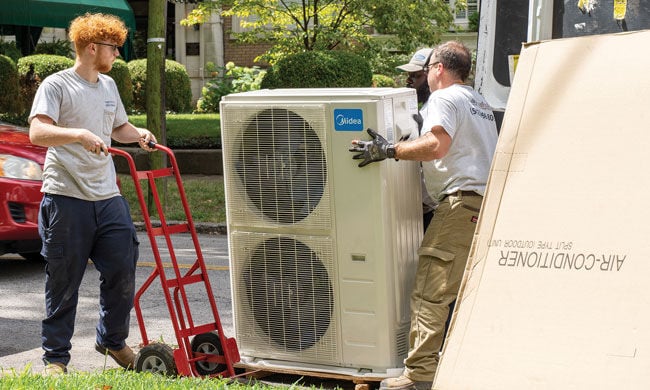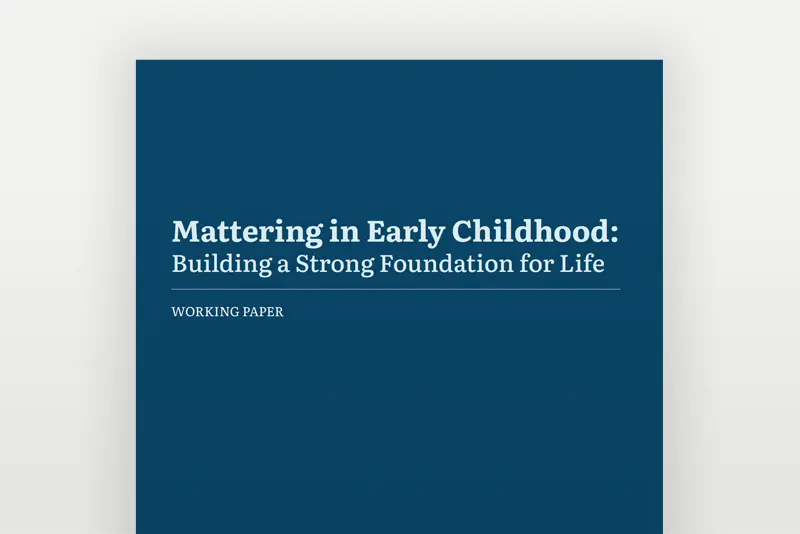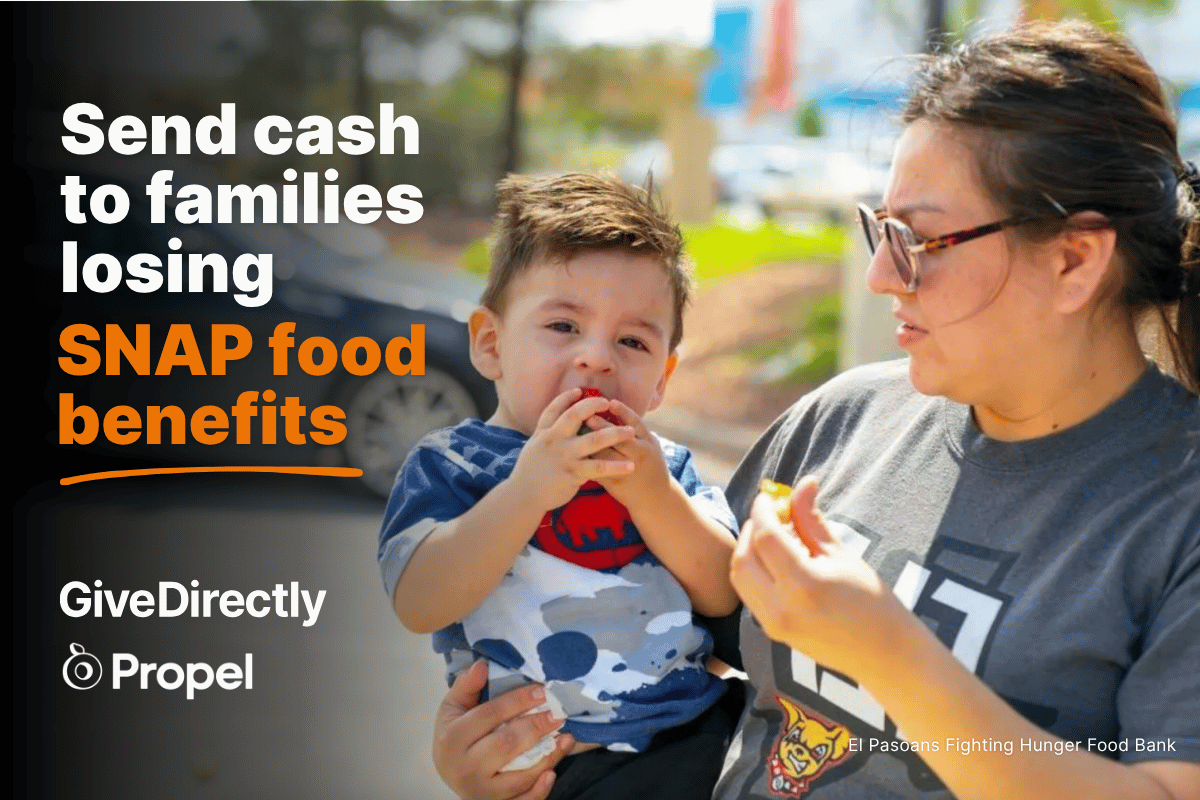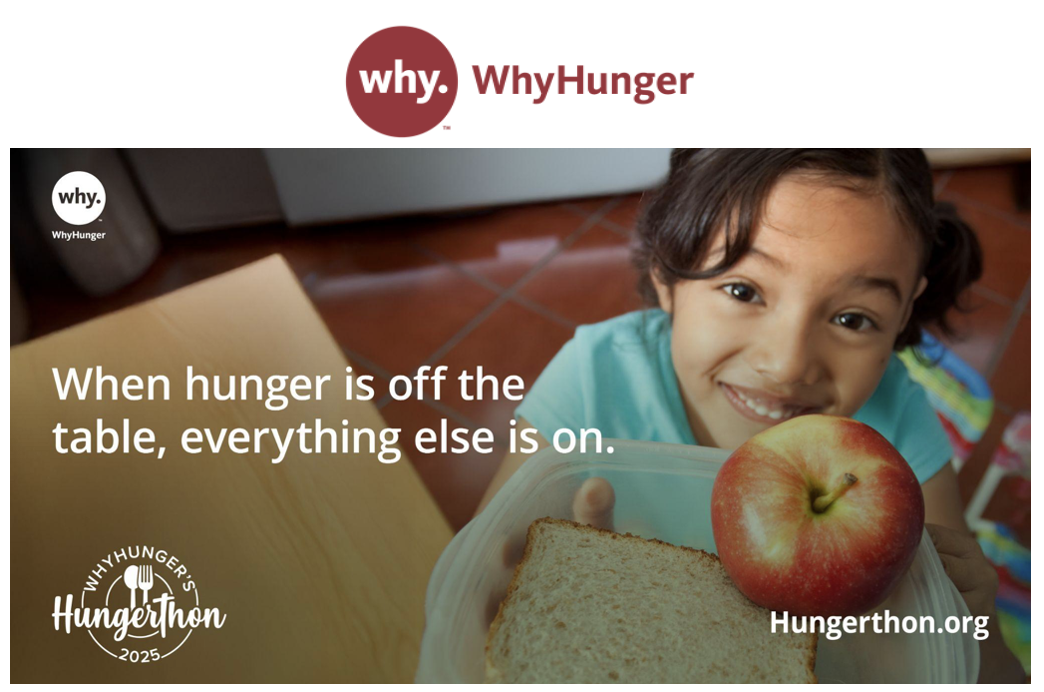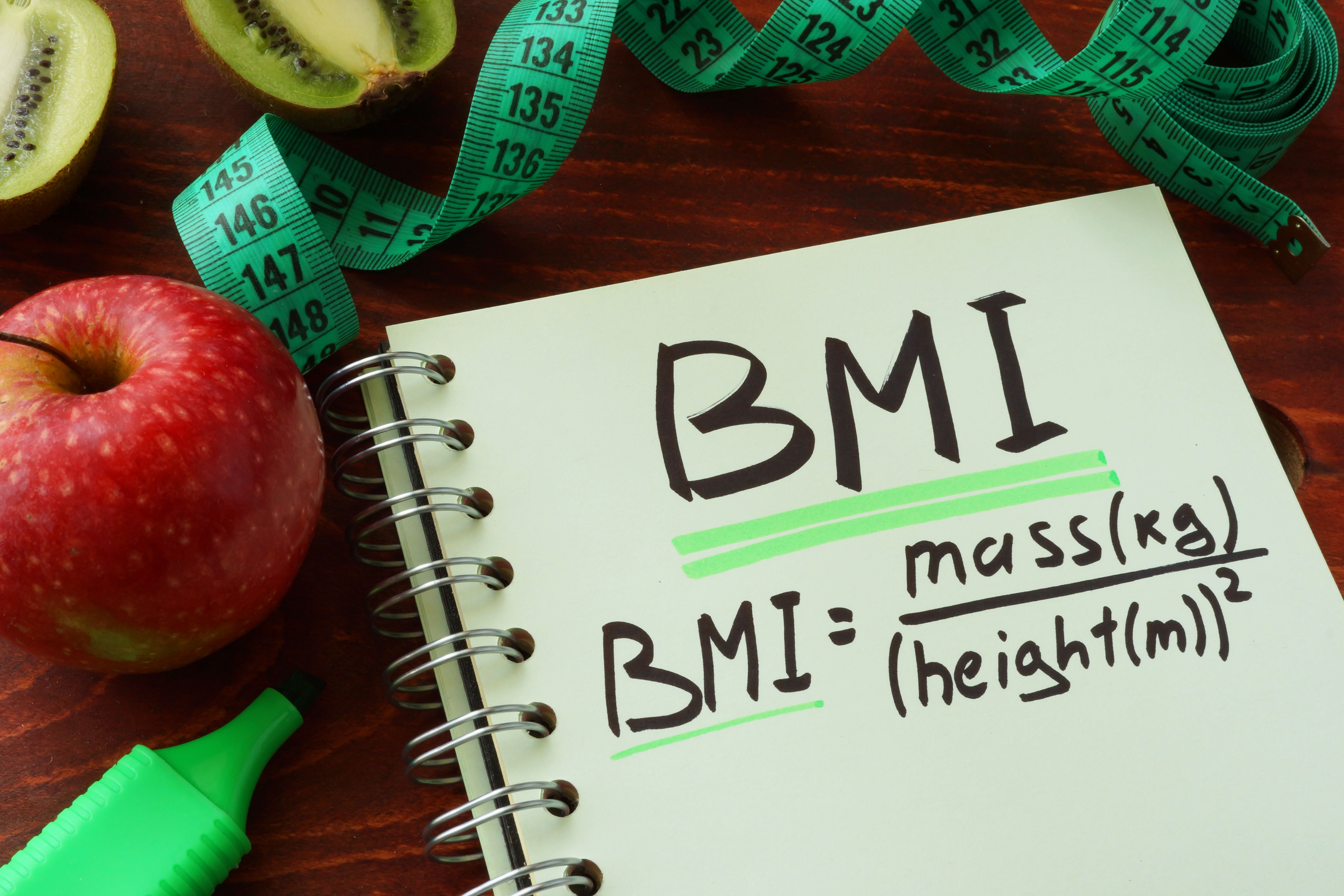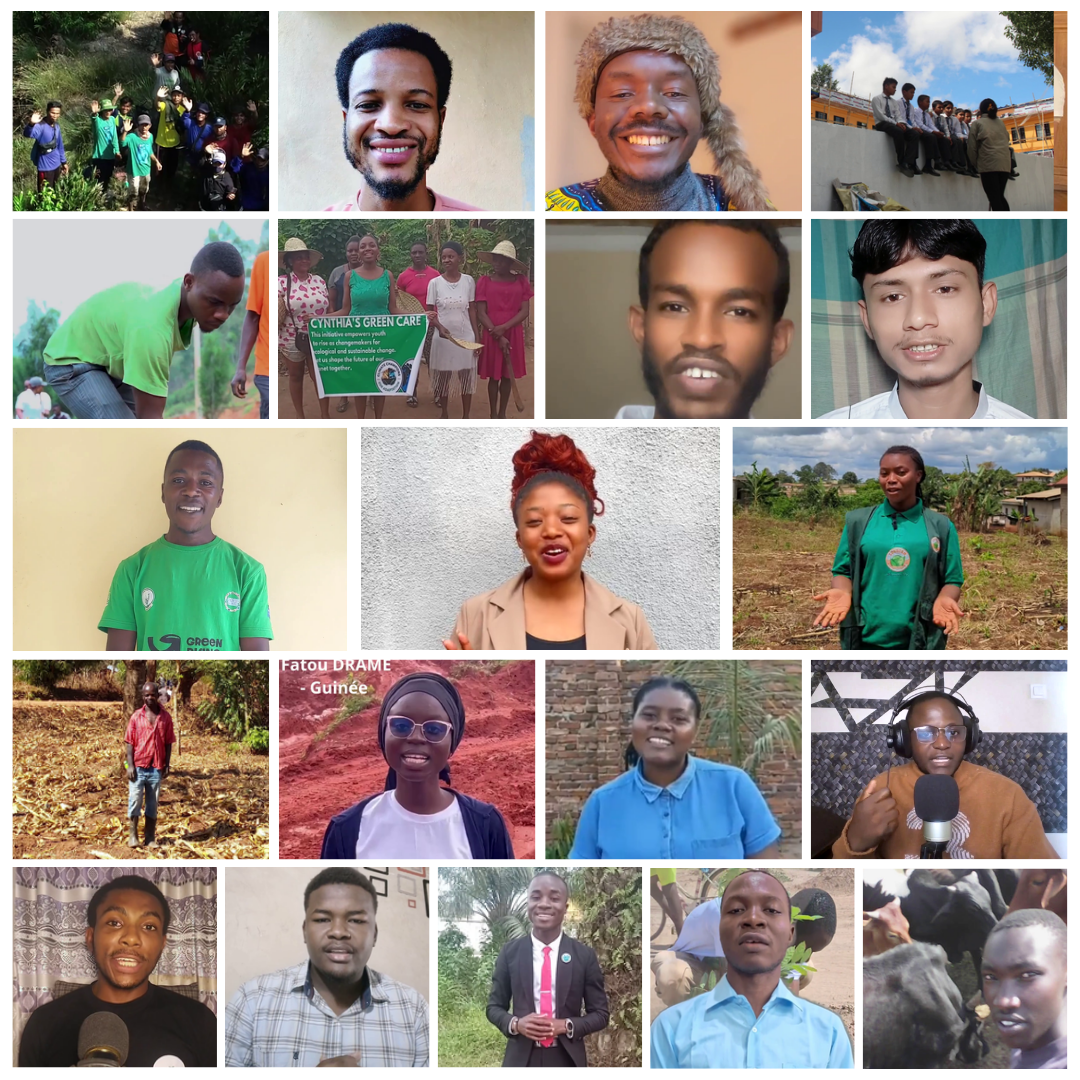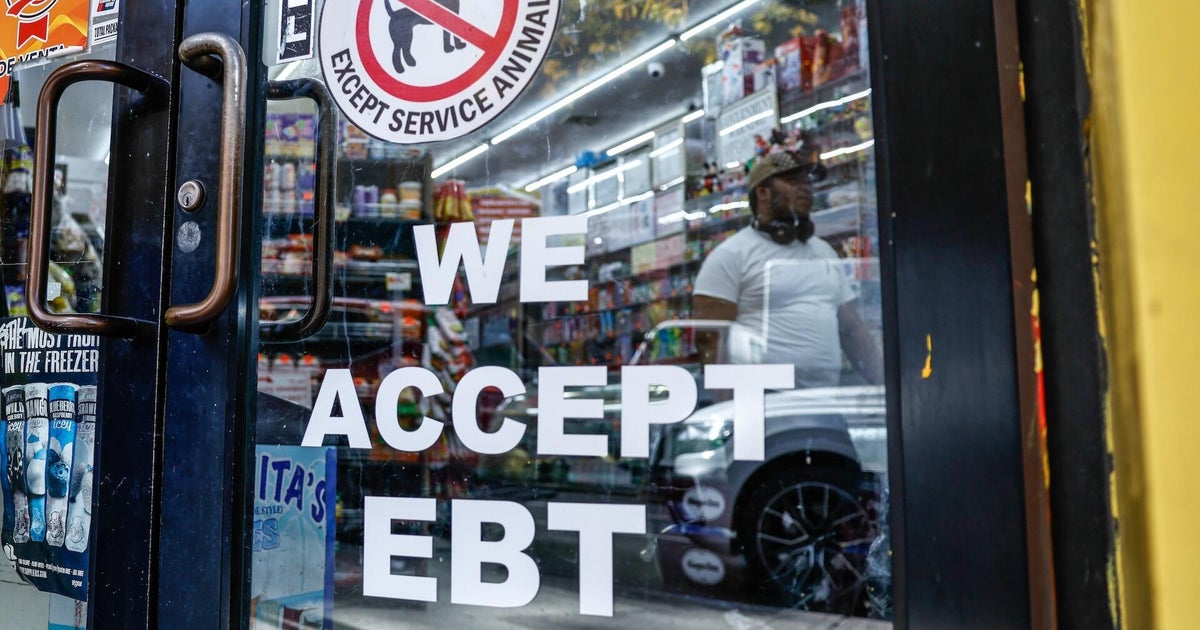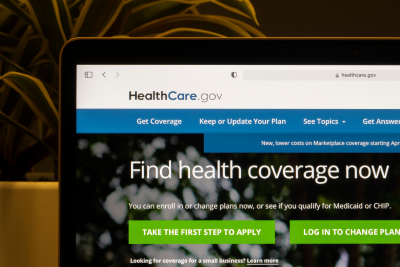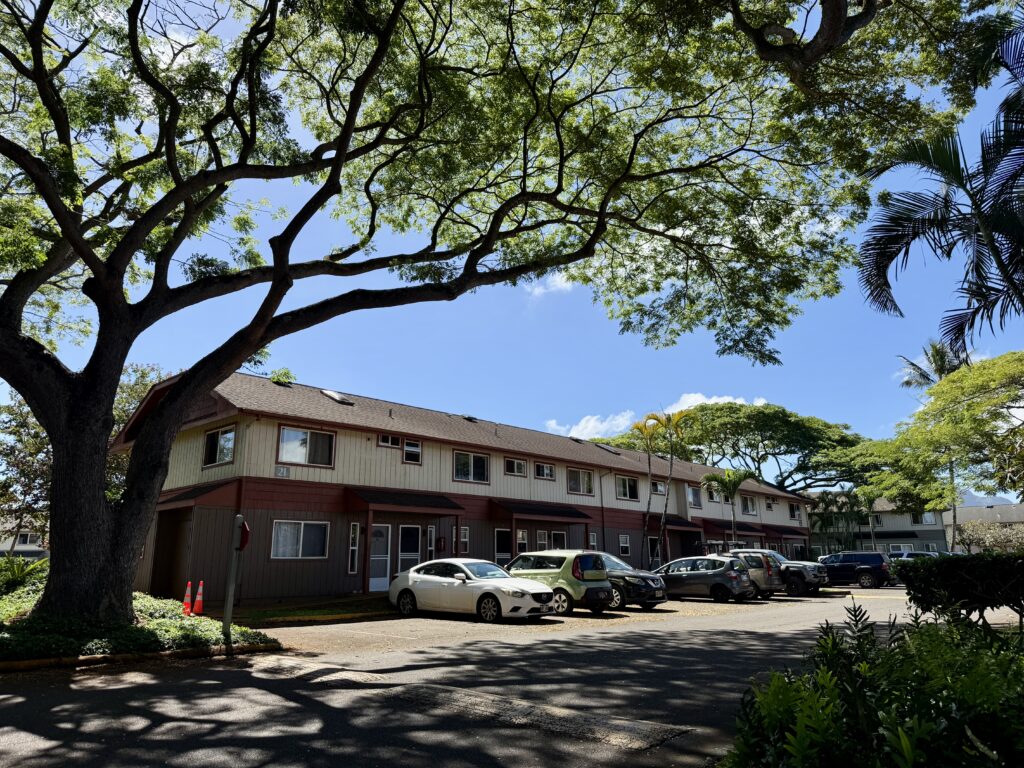ANALYSIS: ‘Big Beautiful Bill’ cuts expected to outweigh benefits for low-income families – OSV News

Report on the Impact of the One Big Beautiful Bill Act on Families and Vulnerable Populations
Introduction
On July 4, the Trump administration signed the One Big Beautiful Bill Act into law, raising critical questions about its effects on American families, poverty levels, hunger, and overall social welfare. This report analyzes the bill’s implications with a focus on the Sustainable Development Goals (SDGs), particularly those targeting poverty reduction, zero hunger, good health and well-being, and reduced inequalities.
Political Perspectives on the Bill
Supportive Viewpoint
House Speaker Mike Johnson (R-La.) described the legislation as beneficial for the country, predicting:
- Increased wages and household income
- Higher job participation rates
- Lower unemployment
- Overall economic growth described as “jet fuel for the economy”
This perspective aligns with SDG 8 (Decent Work and Economic Growth) by emphasizing employment and income growth.
Opposing Viewpoint
Democratic Minority Leader Hakeem Jeffries (D-N.Y.) criticized the bill for severe cuts to essential social programs, describing it as a “chainsaw” attack on:
- Social Security
- Medicare and Medicaid
- Healthcare for Americans
- Nutritional assistance for children
- Support for vulnerable populations
This criticism highlights concerns related to SDG 1 (No Poverty), SDG 2 (Zero Hunger), and SDG 3 (Good Health and Well-being).
Impact on Vulnerable Populations and Social Programs
USCCB Moral Assessment
The U.S. Conference of Catholic Bishops (USCCB) emphasized a moral framework prioritizing the needs of the poor and vulnerable, referencing the Last Judgment (Mt 25:31-46). Archbishop Timothy P. Broglio, USCCB president, stated the bill will cause significant harm through:
- Unconscionable cuts to healthcare and food assistance
- Tax cuts increasing inequality
- Immigration provisions harming families and children
- Reductions in environmental protection programs
This aligns with SDG 10 (Reduced Inequalities) and SDG 13 (Climate Action).
Financial Cuts and Debt Increase
- Medicaid funding cut by approximately $930 billion
- Supplemental Nutrition Assistance Program (SNAP) reduced by $285 billion
- National debt increased by $3.4 trillion, potentially reaching $4 trillion with interest
- Mass deportation policies may add an additional $1 trillion to the debt
These fiscal changes threaten progress toward SDG 1 (No Poverty) and SDG 3 (Good Health and Well-being).
Effects on Health and Nutrition
- Medicaid covers 71.4 million Americans; work requirements and eligibility changes may increase uninsured individuals by 7.8 million by 2034.
- SNAP cuts could affect 40 million people, including 16 million children, 8 million seniors, and 4 million disabled adults.
- Approximately 600,000 low-income households may lose an average of $100 per month in benefits.
- Nearly 28 million adults live in food-insecure households.
These impacts directly challenge SDG 2 (Zero Hunger) and SDG 3 (Good Health and Well-being).
Social Consequences: Homelessness and Poverty
Rising Homelessness
2024 recorded the highest homelessness rates since 2007. Cuts to federal housing assistance are expected to exacerbate this crisis, forcing individuals to make untenable choices between rent, medicine, and food.
Nonprofit organizations warn they are unprepared to fill the gaps created by these reductions, threatening SDG 11 (Sustainable Cities and Communities).
Nonprofit Sector Response
The Society of St. Vincent de Paul USA, which provides over $1.7 billion in aid annually, anticipates widespread negative effects on the elderly, children, and the poor due to the bill’s provisions.
Complexity and Public Awareness
Bill Complexity
The bill spans over 1,000 pages with thousands of provisions, making it difficult for the general public to fully understand its implications.
Summary of Key Concerns
- Transfer of resources from social safety nets like Medicaid, SNAP, and tax credits to wealthier populations.
- Largest wealth transfer favoring the richest, increasing inequality.
- Potential increases in hunger, loss of healthcare, and mental health deterioration.
This situation undermines SDG 10 (Reduced Inequalities) and SDG 3 (Good Health and Well-being).
Family-Oriented Provisions and Critiques
Positive Measures
- Temporary tax breaks for tip income, overtime pay, and auto loan interest.
- Permanent increase in the full child tax credit starting in 2025.
- A $1,000 “Trump account” for newborns.
- Temporary tax deductions for taxpayers aged 65 and older through 2028.
These provisions aim to support families, contributing to SDG 1 (No Poverty) and SDG 3 (Good Health and Well-being).
Criticism of Family Provisions
- Medicaid cuts disproportionately affect family households, potentially discouraging family formation.
- Inflation reduces the real value of the child tax credit, excluding 17 million children from full benefits.
- The “Trump accounts” are viewed as symbolic with limited practical benefit.
- Overall, the bill may reduce net support for families.
Conclusion
The One Big Beautiful Bill Act presents a complex mix of economic incentives and social program cuts. While it promises economic growth and some family-friendly benefits, significant reductions in healthcare, nutrition assistance, and housing support threaten to increase poverty, hunger, and homelessness among vulnerable populations. These outcomes conflict with multiple Sustainable Development Goals, including SDG 1 (No Poverty), SDG 2 (Zero Hunger), SDG 3 (Good Health and Well-being), SDG 10 (Reduced Inequalities), and SDG 11 (Sustainable Cities and Communities).
Stakeholders including the USCCB, nonprofit organizations, and policy analysts urge reconsideration of provisions that harm the poor and disadvantaged to ensure equitable and sustainable development for all Americans.
1. Sustainable Development Goals (SDGs) Addressed or Connected
- SDG 1: No Poverty
- The article discusses the impact of the “One Big Beautiful Bill Act” on poverty levels, highlighting concerns about increased poverty due to cuts in social programs.
- SDG 2: Zero Hunger
- Reductions in Supplemental Nutrition Assistance Program (SNAP) and food assistance are expected to increase hunger among vulnerable populations.
- SDG 3: Good Health and Well-being
- Medicaid cuts and health care reductions are projected to cause loss of health coverage and deteriorate mental health.
- SDG 10: Reduced Inequalities
- The article highlights tax cuts favoring the wealthy and increased inequality, which contradicts efforts to reduce inequalities.
- SDG 11: Sustainable Cities and Communities
- Rising homelessness due to cuts in federal housing assistance is a major concern.
- SDG 16: Peace, Justice and Strong Institutions
- Immigration provisions that harm families and children are mentioned, impacting social justice and inclusion.
- SDG 17: Partnerships for the Goals
- The role of nonprofits and government programs in addressing poverty and hunger is discussed, emphasizing partnerships.
2. Specific Targets Under the Identified SDGs
- SDG 1: No Poverty
- Target 1.2: Reduce at least by half the proportion of men, women and children living in poverty in all its dimensions.
- Target 1.3: Implement nationally appropriate social protection systems and measures for all.
- SDG 2: Zero Hunger
- Target 2.1: End hunger and ensure access by all people to safe, nutritious and sufficient food all year round.
- Target 2.2: End all forms of malnutrition.
- SDG 3: Good Health and Well-being
- Target 3.8: Achieve universal health coverage, including financial risk protection and access to quality essential health-care services.
- Target 3.4: Promote mental health and well-being.
- SDG 10: Reduced Inequalities
- Target 10.2: Empower and promote social, economic and political inclusion of all.
- SDG 11: Sustainable Cities and Communities
- Target 11.1: Ensure access for all to adequate, safe and affordable housing and basic services.
- SDG 16: Peace, Justice and Strong Institutions
- Target 16.b: Promote and enforce non-discriminatory laws and policies for sustainable development.
- SDG 17: Partnerships for the Goals
- Target 17.17: Encourage and promote effective public, public-private and civil society partnerships.
3. Indicators Mentioned or Implied to Measure Progress
- SDG 1 Indicators
- Proportion of population living below the national poverty line (implied by discussions of poverty increase or decrease).
- Coverage of social protection systems (implied by Medicaid and SNAP program coverage).
- SDG 2 Indicators
- Prevalence of undernourishment or food insecurity (implied by SNAP cuts affecting 40 million people and hunger statistics).
- Number of people receiving food assistance.
- SDG 3 Indicators
- Number of people covered by health insurance (7.8 million projected to become uninsured by 2034).
- Incidence of mental health deterioration (implied by mental health concerns).
- SDG 10 Indicators
- Income inequality measures (implied by tax cuts increasing inequality).
- SDG 11 Indicators
- Number or rate of homeless people (record homelessness in 2024 reported).
- SDG 16 Indicators
- Number of discriminatory policies or laws (implied by immigration provisions harming families).
- SDG 17 Indicators
- Amount of aid provided by nonprofits (e.g., $1.7 billion aid by Society of St. Vincent de Paul USA).
4. Table of SDGs, Targets, and Indicators
| SDGs | Targets | Indicators |
|---|---|---|
| SDG 1: No Poverty |
|
|
| SDG 2: Zero Hunger |
|
|
| SDG 3: Good Health and Well-being |
|
|
| SDG 10: Reduced Inequalities |
|
|
| SDG 11: Sustainable Cities and Communities |
|
|
| SDG 16: Peace, Justice and Strong Institutions |
|
|
| SDG 17: Partnerships for the Goals |
|
|
Source: osvnews.com

What is Your Reaction?
 Like
0
Like
0
 Dislike
0
Dislike
0
 Love
0
Love
0
 Funny
0
Funny
0
 Angry
0
Angry
0
 Sad
0
Sad
0
 Wow
0
Wow
0









